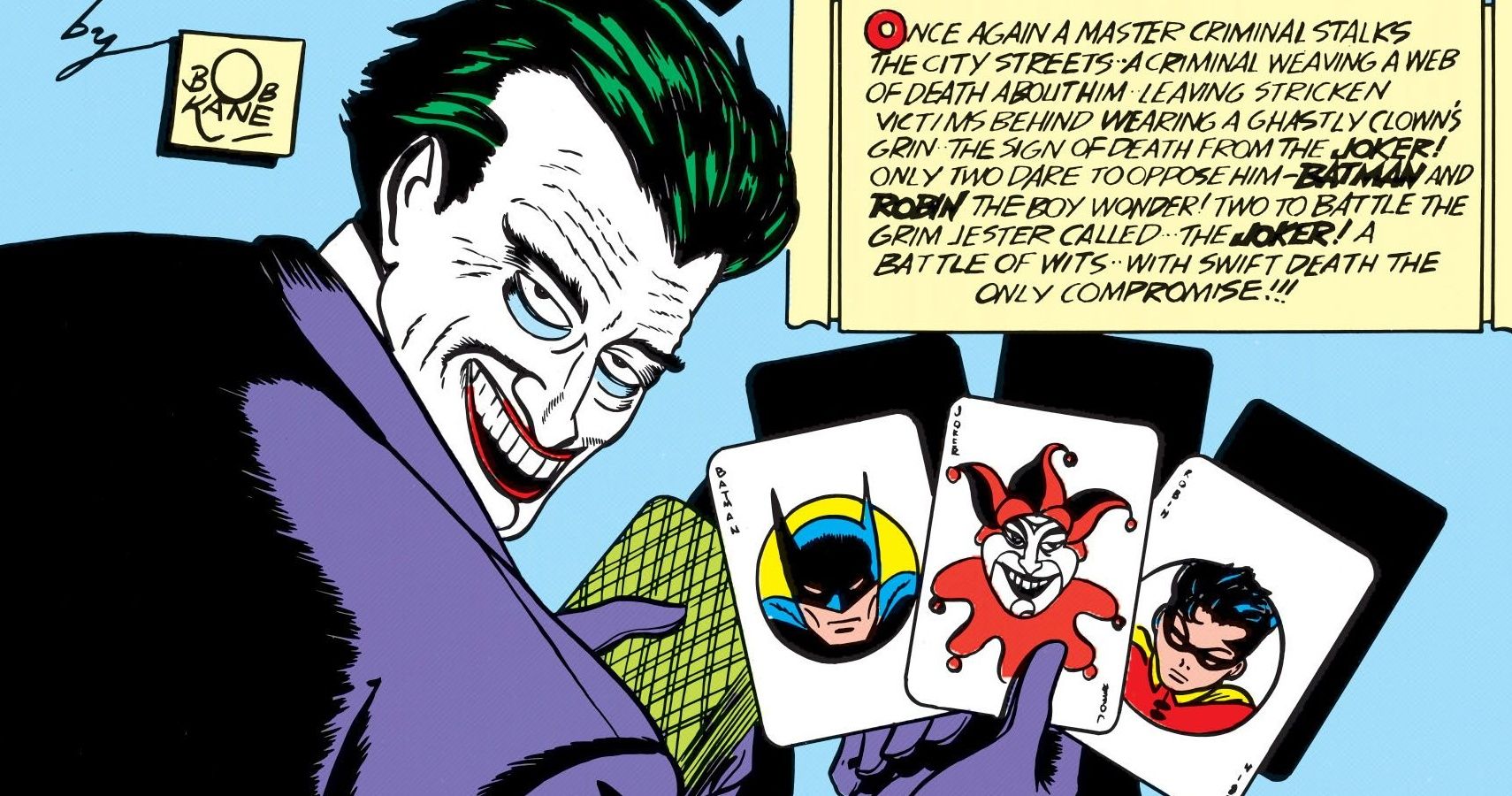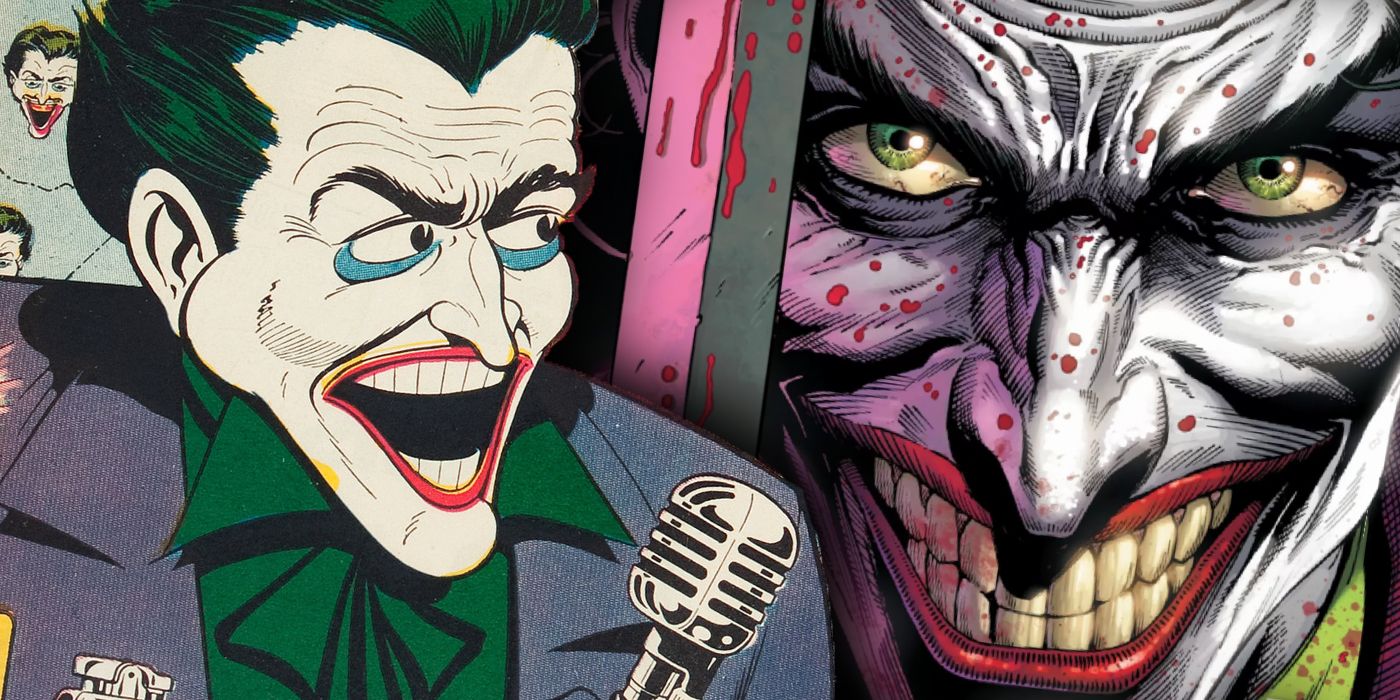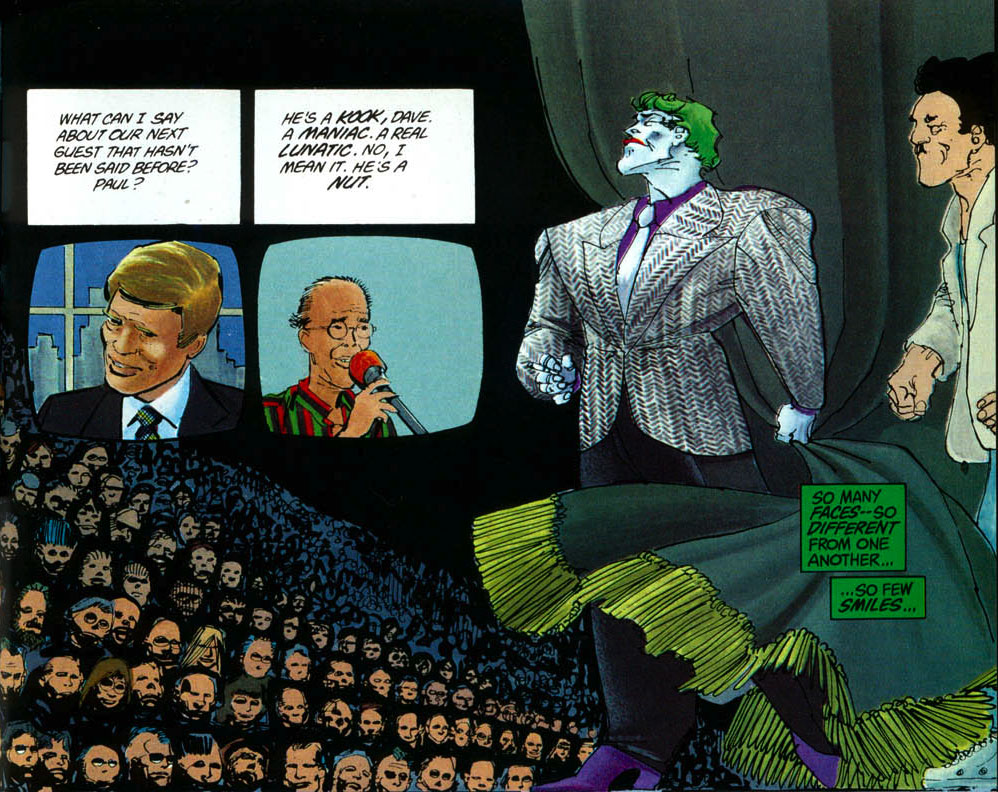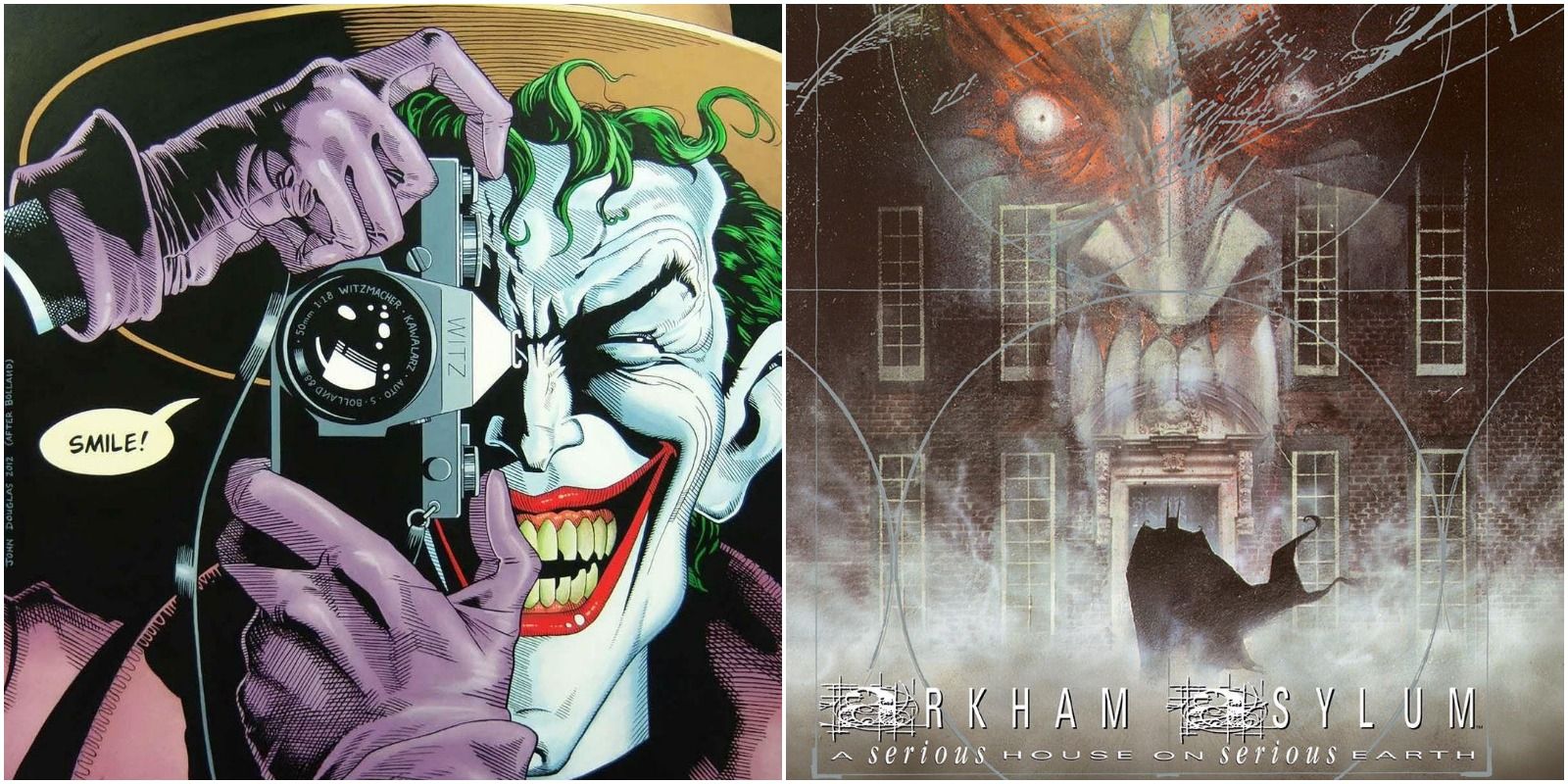Cars & Bikes

The Joker: From Comic Book Origins to Cinematic Icon
September 30, 2023 4 min read
Introduction
The Joker, one of the most iconic and enigmatic villains in the history of popular culture, has transcended the realm of comic books to become a symbol of chaos and anarchy in movies, television, and various forms of media. Created by writer Bill Finger, artist Bob Kane, and Jerry Robinson, the character made his debut in Batman #1, published by DC Comics in 1940. Over the decades, The Joker has undergone numerous transformations, captivating audiences with his unpredictable nature and diabolical schemes. This article will delve deep into the origins of The Joker in both comics and movies, exploring the character's evolution, motivations, and enduring appeal.
The Birth of a Clown Prince of Crime

In the early 1940s, as Batman and Robin were becoming household names, the creators sought to introduce a compelling adversary for the caped crusader. This led to the birth of The Joker, a character inspired by the joker playing card. The initial design featured a grinning, grotesque figure in a purple suit with green hair, red lips, and a white, ghostly complexion. The Joker's first appearance depicted him as a remorseless killer, a stark contrast to the more morally upright heroes of the time.
The Golden Age of Comics: The Joker's Early Adventures

During the Golden Age of comics, The Joker was portrayed as a ruthless and sadistic criminal mastermind. His crimes often involved elaborate and deadly traps, leaving Batman and Robin with little time to thwart his schemes. His obsession with jests, pranks, and puns added a surreal layer to his character, making him both terrifying and entertaining.
The Silver Age and the CCA: A Tamer Joker

As the Comics Code Authority (CCA) imposed stricter guidelines on comic content in the mid-1950s, The Joker's character underwent significant changes. The CCA discouraged depictions of violence and crime, resulting in a toned-down Joker who leaned more toward mischief and comedic criminality. During this period, The Joker's appearances became more infrequent, but he remained a memorable antagonist for Batman.
The Bronze Age and The Dark Knight Returns: A Return to Darkness

The Joker experienced a resurgence in the 1970s, known as the Bronze Age of comics. Creators like Denny O'Neil and Neal Adams reinvented the character, blending elements of the Golden Age sadist with the Silver Age trickster. The Joker's complex psychology began to emerge, and his obsession with Batman took on a darker tone. This era laid the groundwork for some of the character's most iconic stories.
In 1986, Frank Miller's groundbreaking graphic novel, "The Dark Knight Returns," presented a grimmer, more psychotic Joker. This version of The Joker was less interested in theft and more driven by a personal obsession with Batman. His chaotic nature, violence, and nihilism struck fear into the hearts of both the citizens of Gotham and readers alike.
The Modern Age and Iconic Stories: The Killing Joke and Arkham Asylum

The late 1980s and early 1990s saw a further evolution of The Joker. Alan Moore's "The Killing Joke" offered a possible origin story for the character while diving into his madness. The novel's controversial themes and graphic content raised questions about the nature of evil and the thin line that separates sanity from madness.
In the 2000s, Batman's rogues' gallery, including The Joker, gained even more depth in "Batman: Arkham Asylum - A Serious House on Serious Earth" by Grant Morrison. This graphic novel explored The Joker's psyche and his relationship with Batman, pushing the boundaries of the character's complexity.
The Joker in Cinema: A Multifaceted Portrayal
:no_upscale()/cdn.vox-cdn.com/uploads/chorus_image/image/65392681/jbareham_191003_0958_joker_ranked_0003.0.jpg)
The Joker's influence extended beyond comic pages to the silver screen, where several actors have portrayed him in various ways, each leaving an indelible mark.
-
Cesar Romero: In the 1960s, Romero portrayed a campy, comedic Joker in the Batman TV series, reflecting the lighter tone of the era.
-
Jack Nicholson: Tim Burton's 1989 film "Batman" featured Jack Nicholson's iconic portrayal. Nicholson's Joker blended humor and menace, delivering memorable lines and cementing his status as a cinematic Joker legend.
-
Heath Ledger: In Christopher Nolan's "The Dark Knight" (2008), Heath Ledger's portrayal of The Joker was nothing short of transformative. Ledger's anarchic, unpredictable Joker won posthumous critical acclaim and an Academy Award for Best Supporting Actor.
-
Joaquin Phoenix: In the standalone film "Joker" (2019), Phoenix delved deep into the character's origins, exploring the descent of a failed comedian named Arthur Fleck into madness. The film offered a gritty, realistic take on The Joker's transformation, earning Phoenix an Oscar for Best Actor.
-
Jared Leto: Although divisive, Leto's portrayal of The Joker in "Suicide Squad" (2016) brought a new, modern interpretation to the character, emphasizing his chaotic, gangster-like persona.
Conclusion: The Enduring Legacy of The Joker
The Joker's journey from comic book pages to the silver screen is a testament to the character's enduring appeal. Over the decades, The Joker has evolved, reflecting the ever-changing themes and sensibilities of popular culture. From a murderous madman to a complex, tragic figure, The Joker continues to captivate audiences with his unpredictability and sheer insanity. Whether in comics or on screen, The Joker remains a symbol of chaos, anarchy, and the darkness that lurks within us all.
Subscribe
Sign up to get the latest on sales, new releases and more …
